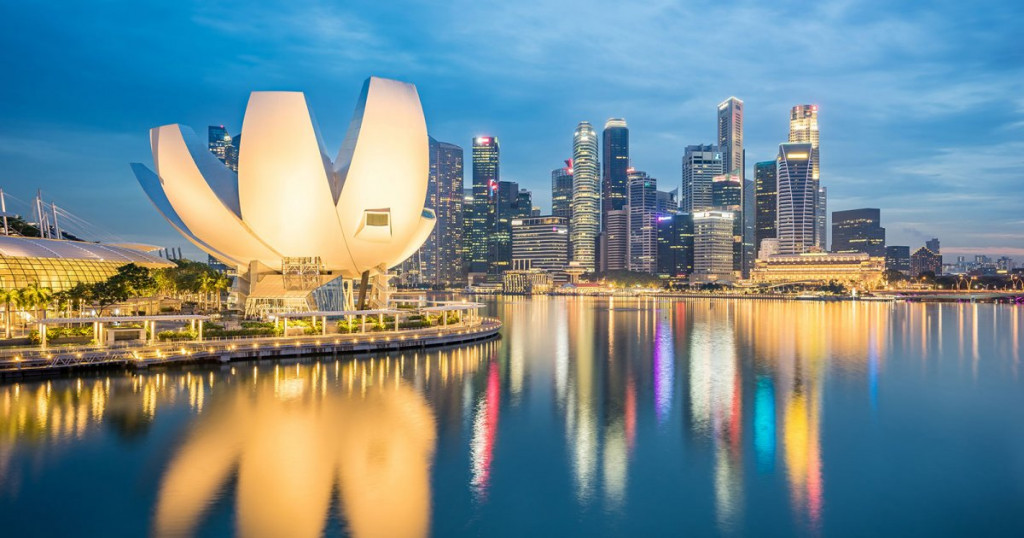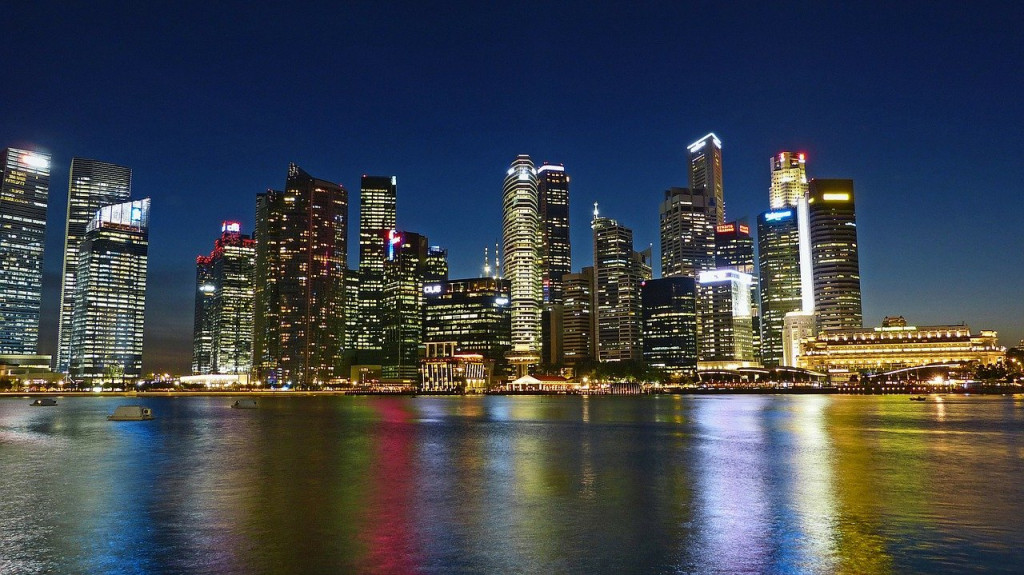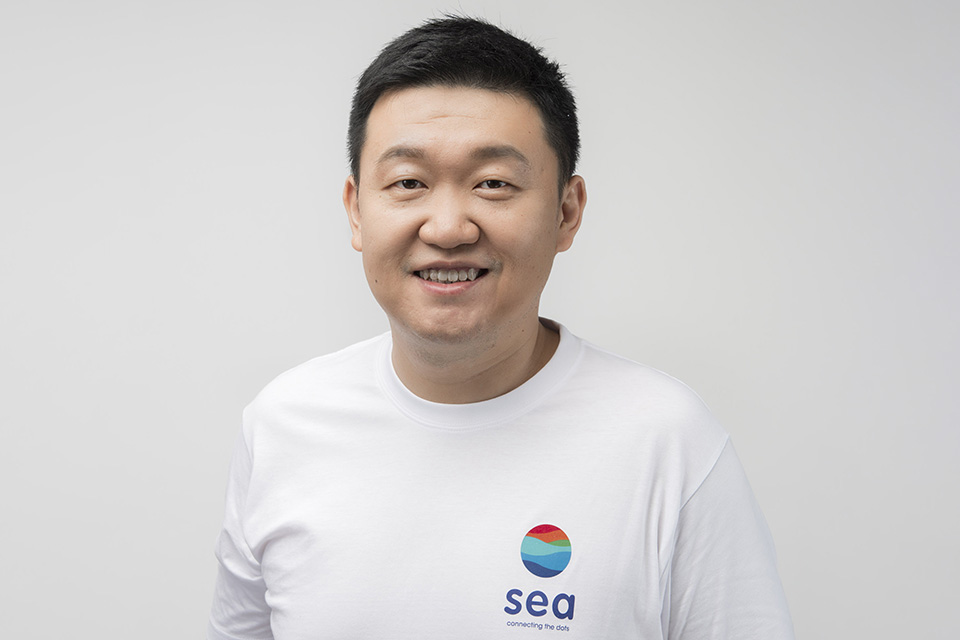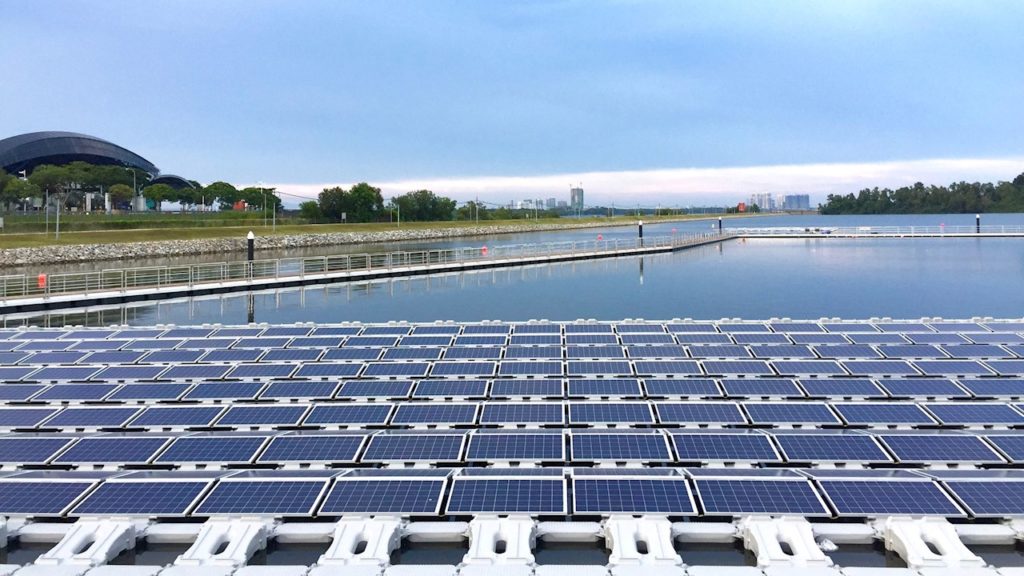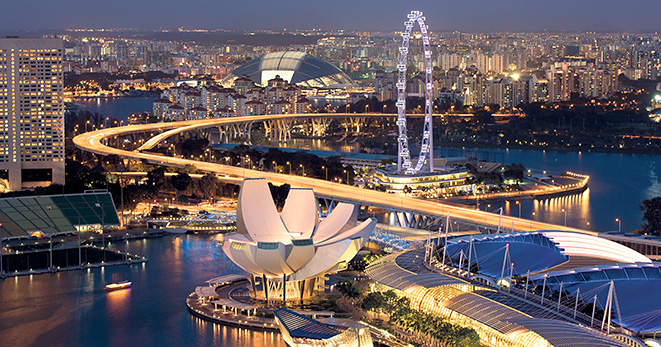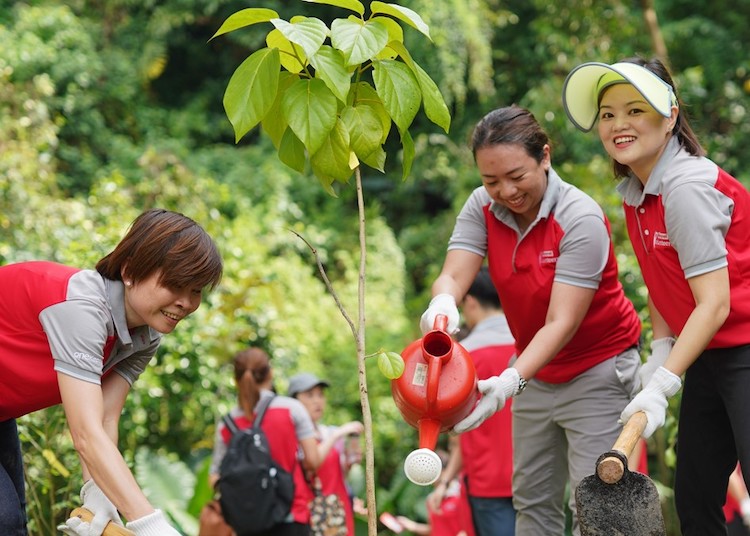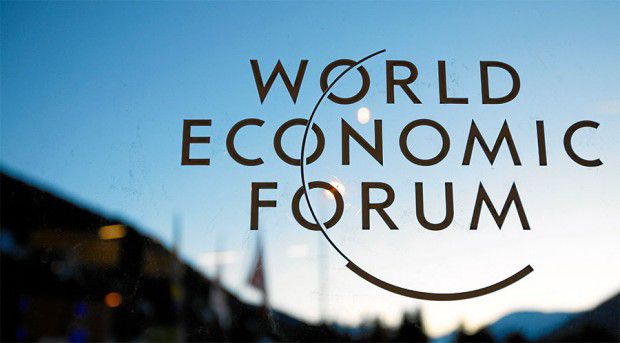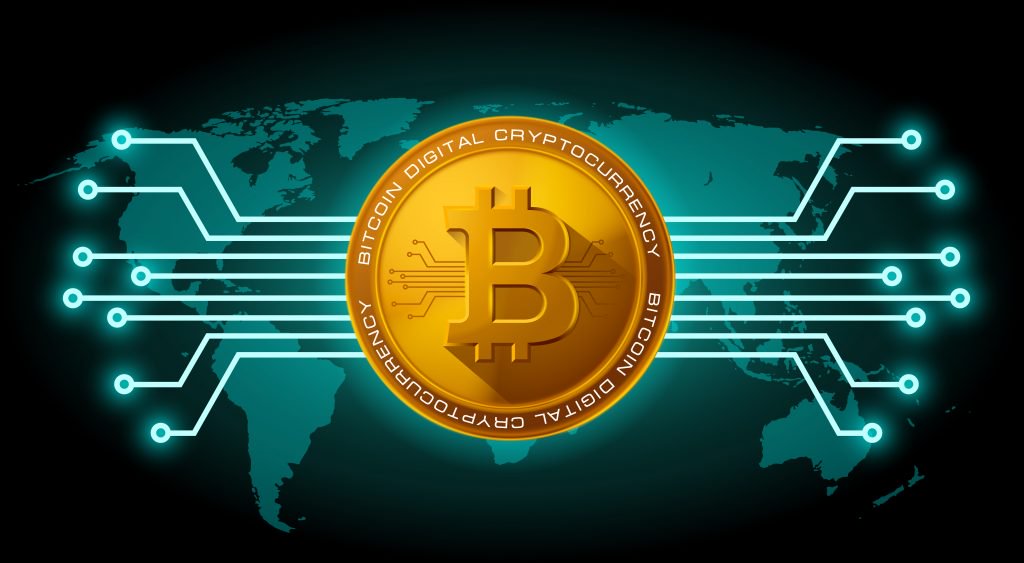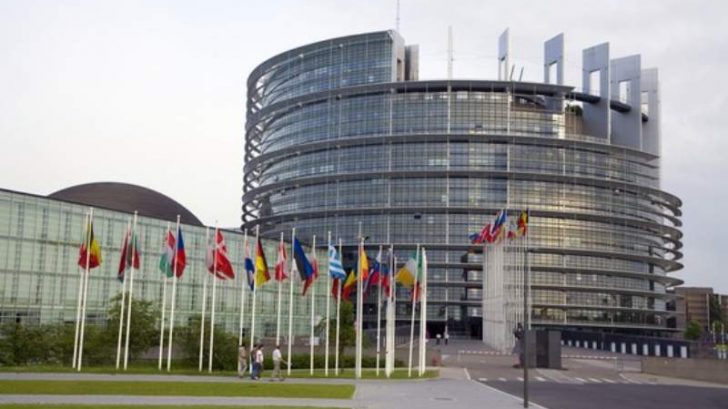Hong Kong's financial role is changing and it looks like Singapore will benefit.
For the first time, Singapore overtook Hong Kong in Vistra's latest ranking of global jurisdictions. More than 600 business services executives assessed the importance of the major financial centers. Hong Kong and Singapore have long competed as midshore financial hubs, also serving as gateways to Asia. Since 2010, when Vistra started compiling the ranking, Hong Kong has always been predominant. This year, Singapore rose to first place along with the UK and the US, while Hong Kong slipped to fourth. Although this would be a marginal advantage, - 46% of respondents preferred Singapore as the financial center for their organization, compared to 43% who said the same of Hong Kong - it is the reversal in the fortunes of the two rivals that is of paramount importance in understanding the future trajectory of each.
The political turbulence plaguing Hong Kong is certainly one of the most favorable factors for Singapore, but its rise is specifically due to government actions in the financial sphere. Singapore has been proactive in increasing its financial attractiveness, particularly fund management and wealth planning. In 2018, Singapore introduced a new investment fund structure, the Variable Capital Company (VCC), to increase the domicile of alternative funds. The VCC offers more flexibility to investors, operational cost savings and tax advantages, entering into challenges with major fund domiciles such as the Cayman Islands. In recent years, Singapore is also attracting a significant share of Asian clients with growing net worth. Its trust laws offer confidentiality to migrants and beneficiaries, as well as tax exemptions. Attracted by favorable tax rates and a stable regulatory environment, more and more billionaire entrepreneurs are deciding to establish family offices in the city-state. The Monetary Authority of Singapore approved more than a hundred family office applications in the first four months of this year. In addition to the capital brought to Singapore, these investors also demand sophisticated financial services, creating jobs for wealth managers. The accumulation of financial and human capital contributes to Singapore's competitiveness as a financial hub.
Regional economic development is another winning aspect. China's zero-COVID policies have prompted manufacturers to shift supply chains to Southeast Asia. Singapore can facilitate such shifts because of its longstanding business presence in the region and familiarity with Chinese processes. Financial institutions connect customers with investors, law firms support the opening of new branches, and consulting firms provide guidance on sourcing regional suppliers and train staff.
In addition to finance, Singapore and Hong Kong also vie with each other for the primacy of green commercial property. Both attract significant funding to support the development of environmentally friendly urban projects. The city-state was ranked first in the latest Asia-Pacific Sustainability Index by property consultancy Knight Frank. Shenzhen and Hong Kong were the next best-ranked Asian cities, just below Australia and New Zealand, with the cities of Sydney and Wellington. Tokyo completed the top 10. Knight Frank's ranking considers the number of green buildings and the willingness of local governments to push for sustainable urbanization as major factors, while also looking at the market for investable green assets. Knight Frank's report highlighted Singapore's '80-80-80 in 2030' plan, with the goal of having 80 percent of buildings with eco-friendly features, 80 percent of new buildings energy efficient, and for those that are already leaders in environmental sustainability, further energy efficiency from 65 percent to 80 percent is planned. Singapore, like Hong Kong, is also struggling with green financing in the real estate sector. Last year, real estate companies City Developments and MCL Land announced that they had secured $610 million in green loans to finance two projects in the city-state as part of a joint venture.
The gap between Singapore and Hong Kong as financial hubs is narrowing. The global perception of Hong Kong has undoubtedly been altered and it now has to adapt to a new reality, but as a gateway to China and a historic global financial center, it will continue to play an important role internationally.

